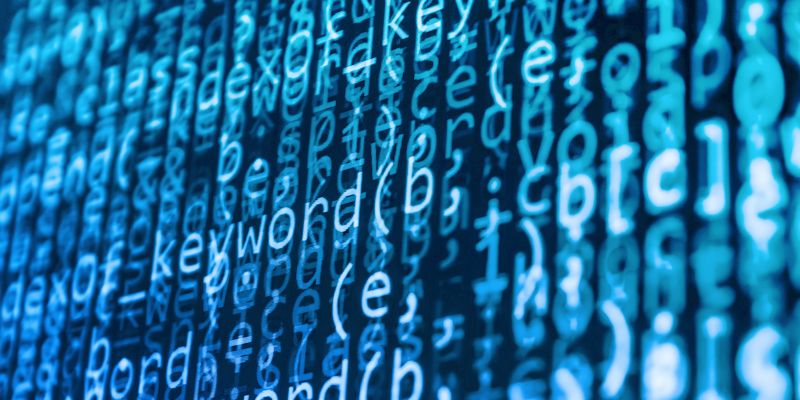Welcome to the Computing Department

Department Staff
| Mr N Barnes | Director of Computing |
| Mr S Richards | Teacher of Computing / Second in Computing / KS3 Computing Coordinator |
| Mrs V Sanghera | Teacher of Computing |
| Mr S Shaikh | Teacher of Computing / Teacher in charge of Year 8 computing |
Introduction
Whilst studying computing students will develop their computational thinking – their ability to solve problems, think logically, use abstraction and think algorithmically. The aim is to foster an enthusiasm for the subject of computing, to develop curiosity and to strive to solve ever greater problems.
A key aim of the computing curriculum is to enable students to develop an understanding of the world in which they find themselves; a world that is being constantly transformed by computers, the Internet and smartphones.
Key Stage 3
The Key Stage 3 curriculum covers a mixture of computer science, digital literacy and information technology. Students will have one computing lesson a week throughout Year 7 and Year 8. Year 7 students complete units of work on learning to use the school’s computer systems, representing text and numbers using binary, online safety, computer systems (hardware & software, networks, the Internet) and programming with the BBC micro:Bit. Year 8 students start with a refresher on using the school’s computer systems and then complete units of work on data representation (images and sound), online safety (including digital footprints), computer systems (CPU and logic circuits), Python programming and website design.
Key Stage 4
At Key Stage 4, students have the opportunity to study AQA GCSE Computer Science – consistently one of the most popular optional subjects at Trinity.
The most important aspect of computer science is problem solving, an essential skill for life. Computer science will help students to think creatively, innovatively, analytically, logically and critically. Students will have the opportunity to study the design, development and analysis of software and hardware used to solve problems in a variety of business, scientific and social contexts.
During the two years students will learn how to write increasingly sophisticated computer programs; they will learn how to effectively test and debug their solutions and refine them to make them more efficient. Core programming concepts are covered in Year 10; during Year 11 students use their programming skills to solve more complex problems in a range of contexts.
Year 10 students will learn how computers represent data – including how numbers, text, programs, sound and images can be represented using binary. Following this they will go on to study computer systems (including how computers work) and databases. Year 11 students learn about networks, cyber security and well-known algorithms.
At the end of the course students will sit two exam papers – Computational Thinking & Programming Skills; Computing Concepts – each worth 50% of the GCSE.
Key Stage 5
At Key Stage 5, students have the opportunity to considerably deepen their understanding of the subject by completing the AQA A Level Computer Science course. This A Level specification covers a lot of material not normally studied until undergraduate level so will thoroughly prepare students for studying a degree in computer science and other related subjects.
Students will learn how to write robust, effective computer programs using the C# programming language. This work will culminate in an extended project, worth 20% of the A Level, in which students write an extensive program of their own choice (over a period of many months in Year 13) to meet the needs of a real problem. At the end of the course there is also a practical exam where students will write program code to solve specified problems under exam conditions.
Year 12 students will also learn:
- how computers represent data using binary and compare different methods for doing so
- how computer systems, including the processor, work
- how communication systems and networks operate
- what databases are and how to use them
- how to use data structures including: stacks, and queues
Year 13 students learn:
- how to use data structures including: lists, vectors, hash tables, dictionaries, graphs and trees
- what Big Data is
- how to write programs using functional programming
- about the limits of computation
- about the fundamentals of algorithms – studying key algorithms and the concept of algorithmic efficiency.
At the end of the course students will sit two exam papers each worth 40% of the A Level.
One of the exams is an on-screen exam where students have the opportunity to demonstrate their programming skills. The non-examination assessment (NEA) is worth 20% of the A Level; students develop an extensive, high-quality program of their own choice for this piece of work.

